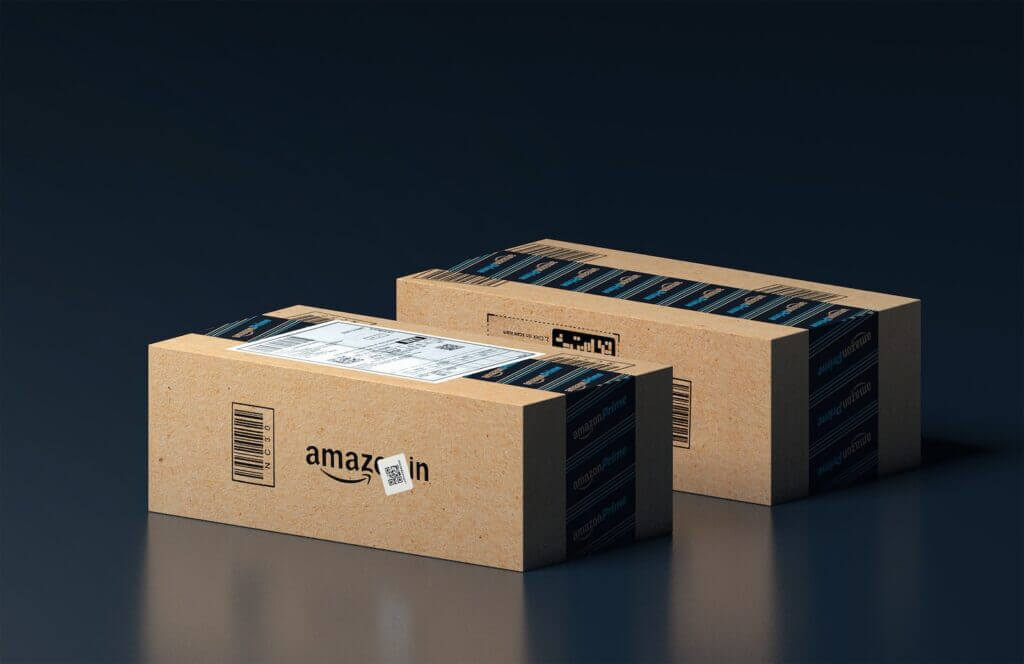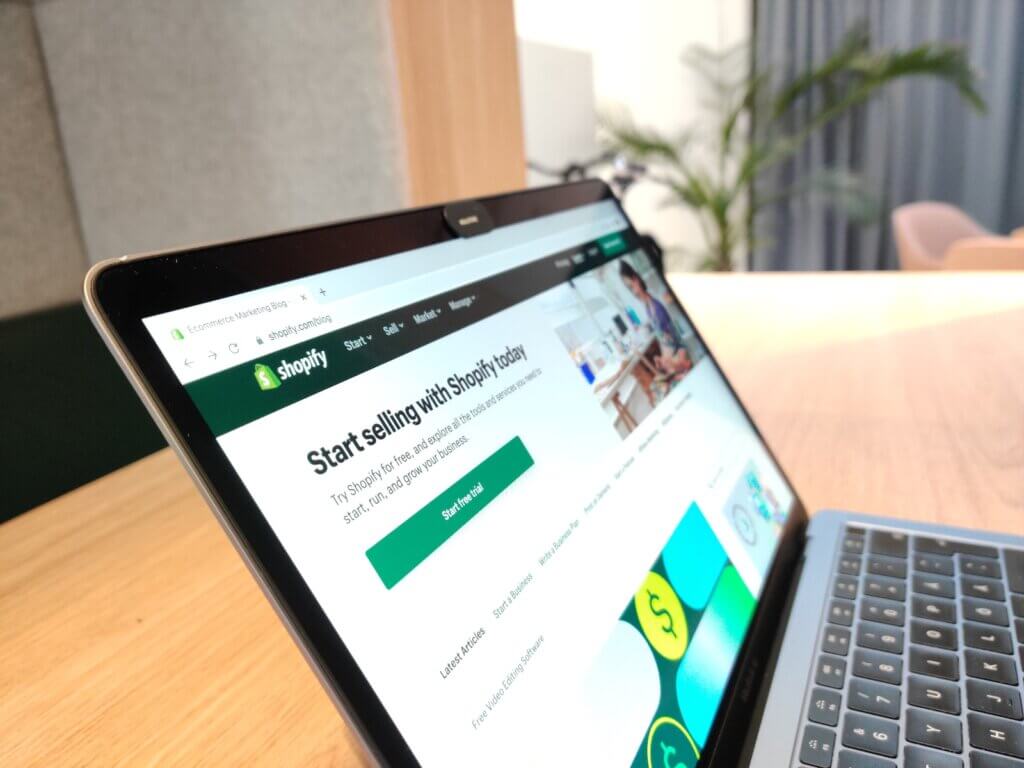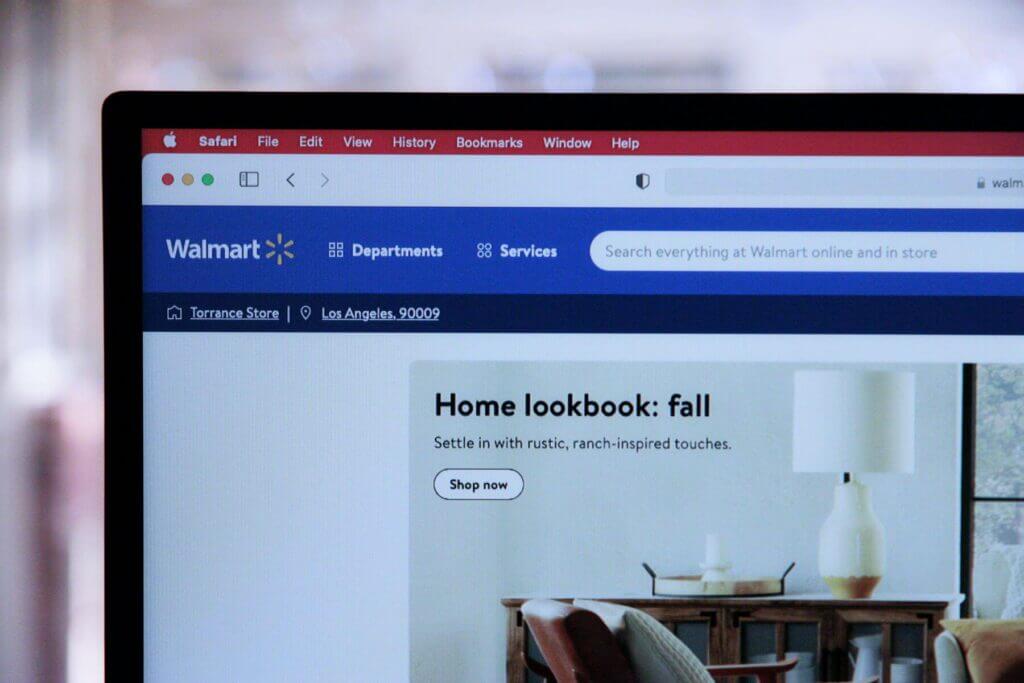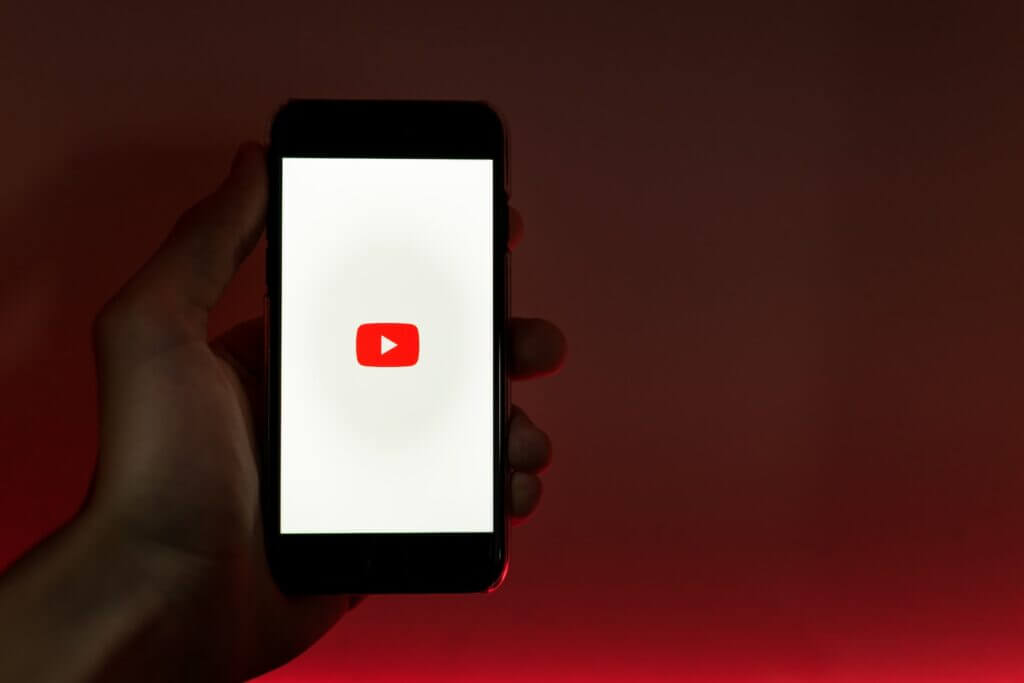Learn about the different types of print media advertising, the advantages and disadvantages of this advertising medium, and tips for designing effective print ads. Explore emerging trends in print advertising to stay ahead of the competition.
Types of Print Media Advertising
Print media advertising refers to any form of advertising that is printed on a physical medium such as newspapers, magazines, flyers, and billboards. This type of advertising has been around for centuries and has proven to be an effective means of reaching a wide audience. In this section, we will discuss the different types of print media advertising.
Newspaper Ads
Newspapers have been a staple of print media advertising for decades. They offer a wide range of benefits, including high readership, affordability, and the ability to target specific audiences. Newspaper ads come in various sizes, from small classified ads to full-page spreads. They can also be placed in specific sections of the newspaper, such as the sports section or the business section, to reach a particular demographic.
Magazine Ads
Magazines offer a more targeted approach to print media advertising. They are typically geared towards specific demographics, such as fashion enthusiasts, car enthusiasts, or business professionals. This allows advertisers to reach a highly specific audience. Magazine ads also provide a more extended shelf life than newspaper ads, as they are often kept for months or even years.
Direct Mail Advertising
Direct mail advertising involves sending promotional material directly to consumers’ homes or offices. This can include brochures, flyers, postcards, or other print materials. Direct mail advertising allows companies to target specific demographics and track responses to their campaigns. It also provides a tangible reminder of the product or service being advertised.
Brochures and Flyers
Brochures and flyers are a cost-effective way to reach a large audience with a targeted message. They can be distributed door-to-door, mailed, or placed in public areas. Brochures and flyers can contain a lot of information about a product or service, making them an effective tool for educating consumers.
Outdoor Advertising
Outdoor advertising, also known as out-of-home advertising, includes billboards, posters, and transit ads. This type of advertising reaches a broad audience and can be seen by thousands of people every day. Outdoor advertising is particularly effective in densely populated areas or along major highways.
Table: Comparison of Types of Print Media Advertising
| Type of Print Media Advertising | Advantages | Disadvantages |
|---|---|---|
| Newspaper Ads | High readership, affordability, targeted advertising | Limited reach and frequency, lack of interactivity, difficulty in measuring effectiveness |
| Magazine Ads | Targeted advertising, longer shelf life | Higher cost, limited reach |
| Direct Mail Advertising | Highly targeted, trackable responses | Can be seen as junk mail, high cost |
| Brochures and Flyers | Cost-effective, can contain a lot of information | Limited reach, can be seen as clutter |
| Outdoor Advertising | Broad reach, high visibility | Limited message length, higher cost for prime locations |
Advantages of Print Media Advertising
Print media advertising has been around for centuries and continues to be an effective way to reach a diverse audience. While digital marketing has become increasingly popular, print media advertising still offers many advantages that make it a valuable tool in any marketing campaign.
High Readership
One of the biggest advantages of print media advertising is that it has a high readership. Unlike digital ads that can be easily ignored or blocked, print ads are physically present and require the reader to engage with them. People are more likely to read a newspaper or magazine cover to cover, giving print ads a better chance of being seen and remembered.
Tangibility
Another advantage of print media advertising is tangibility. Print ads can be held, touched, and physically interacted with, providing a sensory experience that digital ads cannot match. This tangibility can create a deeper emotional connection with the reader and make the ad more memorable.
Targeted Advertising
Print media advertising also offers targeted advertising. By choosing specific publications or mailing lists, advertisers can reach a specific demographic or group of people. For example, a company selling baby products can advertise in parenting magazines to reach new parents. This targeted approach makes print media advertising a cost-effective way to reach a specific audience.
Credibility and Trustworthiness
Finally, print media advertising is often seen as more credible and trustworthy than digital advertising. Print ads are associated with established publications and have been a part of our lives for generations. Digital ads, on the other hand, can be associated with scams and fake news. By advertising in print media, companies can build trust with their audience and establish themselves as credible sources of information.
Disadvantages of Print Media Advertising
Print media advertising has been around for centuries, and it has been a reliable marketing tool for businesses of all sizes. However, despite its advantages, it also has its fair share of disadvantages. In this section, we will take a closer look at some of the disadvantages of print media advertising.
Limited Reach and Frequency
One of the most significant disadvantages of print media advertising is its limited reach and frequency compared to digital media. With print media, businesses can only reach a specific geographic area, and they have a limited number of readers. This means that they cannot reach as many potential customers as they would with digital media.
Furthermore, print media advertising has limited frequency. Once an ad is printed, it cannot be changed or updated. This means that businesses cannot take advantage of real-time marketing opportunities or make changes to their campaigns based on customer feedback.
High Cost
Another disadvantage of print media advertising is that it can be expensive, especially for small businesses. Printing costs, distribution costs, and advertising space costs can quickly add up, making it difficult for small businesses to afford.
Additionally, businesses may need to print their ads multiple times to reach their target audience. This can add to the already high costs of print media advertising.
Lack of Interactivity
Print media advertising is a one-way communication channel, meaning that businesses cannot interact with their customers through their ads. This can be a significant disadvantage since customers today expect two-way communication with the brands they engage with.
In contrast, digital media allows for interactive advertising, where customers can engage with businesses through social media, email, or chatbots. This interactivity can lead to increased customer engagement, brand loyalty, and sales.
Difficulty in Measuring Effectiveness
Unlike digital media, print media advertising can be challenging to measure its effectiveness. Businesses may not know how many people have seen their ads, how many have engaged with them, or how many have made a purchase as a result.
With digital media, businesses can track their advertising campaigns’ success through metrics such as website traffic, click-through rates, and conversion rates. This data can help businesses make informed decisions about their marketing strategies and adjust their campaigns as needed.
Designing Effective Print Media Ads
Effective print media ads require a combination of attention-grabbing headlines, clear and concise messages, compelling visuals, and a call to action. These elements work together to capture the reader’s attention, convey the message, and encourage them to take action.
Attention-Grabbing Headline
The headline is the first thing a reader sees, and it determines whether they will continue reading or not. A good headline should be attention-grabbing, relevant to the message, and evoke curiosity or emotion. The headline should communicate the benefit of the product or service and why it matters to the reader. It should also be clear and concise, using short and simple words to convey the message.
For example, a headline for a fitness center could be “Get Fit and Feel Great with Our Personal Training Program.” This headline communicates the benefit of the program and evokes the reader’s desire to feel great.
Clear and Concise Message
The message of the ad should be clear and concise, using simple language that the reader can easily understand. The message should answer the reader’s question of “what’s in it for me?” and highlight the benefits of the product or service. The message should also be relevant to the target audience and address their pain points or desires.
For example, an ad for a car dealership could have a message that says “Upgrade Your Ride Today and Enjoy Comfortable and Safe Driving.” This message communicates the benefit of upgrading to a newer car and addresses the reader’s desire for comfort and safety.
Compelling Visuals
Visuals are a powerful tool in print media advertising and can greatly enhance the effectiveness of an ad. The visuals should be relevant to the message and the target audience, and they should communicate the benefit of the product or service. The visuals should also be high-quality and eye-catching, using colors and images that evoke emotion.
For example, an ad for a travel agency could have a visual of a beach with crystal clear water and white sand. This visual communicates the benefit of a relaxing and luxurious vacation and evokes the reader’s desire to escape to a beautiful destination.
Call to Action
The call to action is the final element of an effective print media ad and is what prompts the reader to take action. The call to action should be clear and specific, using action-oriented words that motivate the reader to act. The call to action should also be relevant to the message and the benefit of the product or service.
For example, a call to action for a restaurant could be “Visit Us Today and Enjoy a Delicious Meal.” This call to action is clear and specific and communicates the benefit of enjoying a delicious meal at the restaurant.
Trends in Print Media Advertising
Print media advertising has been around for decades, but it has undergone significant changes in recent years. The advent of digital technology has transformed the way print media ads are created, distributed, and consumed. In this section, we will discuss some of the latest trends in print media advertising.
Digital Integration
Digital integration is one of the most significant trends in print media advertising. Print media ads are no longer limited to traditional print formats. Instead, advertisers are using digital technology to create interactive print ads that combine the best of both worlds. For example, QR codes can be added to print ads, allowing readers to scan the code with their smartphones to access additional content. Similarly, augmented reality (AR) can be used to create immersive print ads that come to life when viewed through a smartphone or tablet.
Personalization
Personalization is another important trend in print media advertising. Advertisers are using data to create personalized print ads that speak directly to the reader’s interests and preferences. For example, a sports retailer could create a print ad that features products related to the reader’s favorite sports team. Personalized ads are more effective than generic ads because they are more relevant to the reader, increasing the chances of engagement and conversion.
Sustainability and Eco-Friendliness
Sustainability and eco-friendliness are becoming more critical concerns for consumers, and advertisers are taking notice. Print media advertising is no exception, and advertisers are using eco-friendly materials and production methods to create more sustainable print ads. For example, some companies are using recycled paper and soy-based inks to reduce their environmental footprint. These eco-friendly print ads not only appeal to environmentally conscious consumers but also demonstrate the company’s commitment to sustainability.
Native Advertising
Native advertising is a trend that has been gaining popularity in recent years. Native ads are designed to blend seamlessly with the content of the publication, making them less intrusive and more engaging. Unlike traditional display ads, native ads are designed to look like editorial content, with headlines, images, and text that match the style of the publication. Native ads are often more effective than traditional display ads because they are less obtrusive and more engaging, leading to higher levels of engagement and conversion.
In conclusion, these four trends in print media advertising demonstrate how the industry is evolving to meet the changing needs and expectations of consumers. By embracing digital integration, personalization, sustainability, and native advertising, advertisers can create more effective print ads that resonate with their target audience. As technology and consumer behavior continue to evolve, it will be essential for advertisers to stay ahead of the curve and continue to innovate in their print media advertising strategies.













